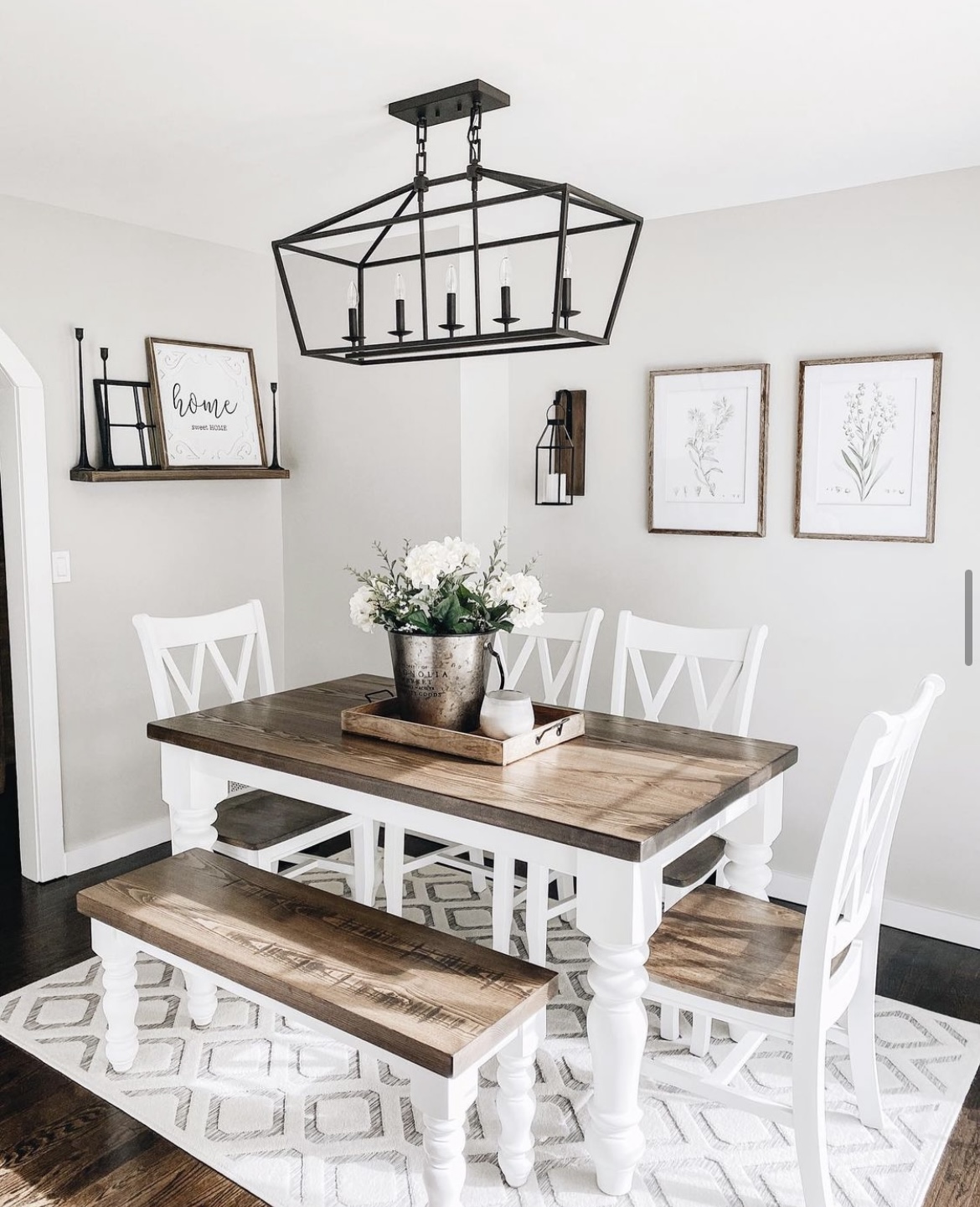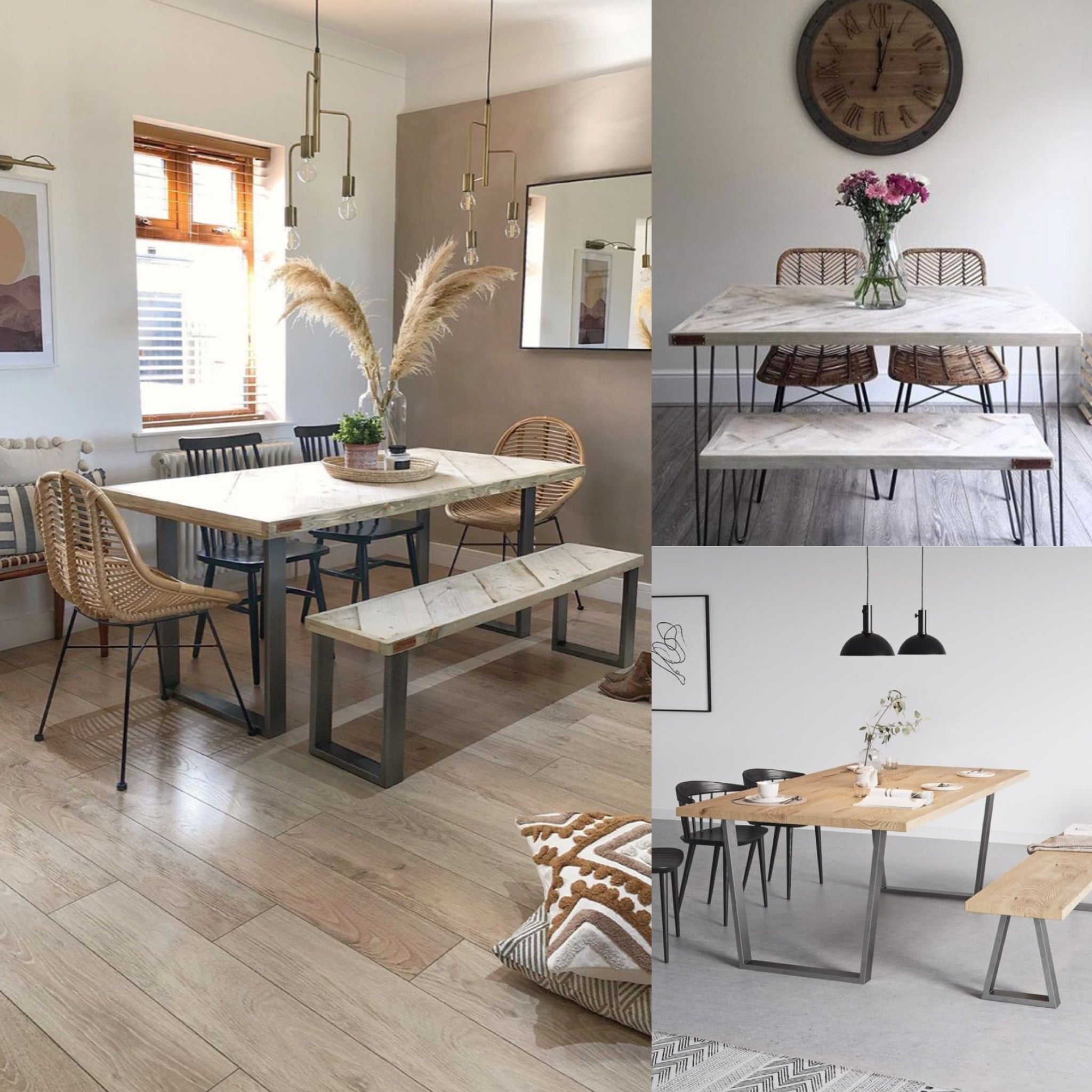Tips for Installing Dining Room Table Legs for a Modern Look
Wiki Article
Just How to Choose the Perfect Dining Room Table Legs for Your Home Decoration
Choosing the perfect eating space table legs is a nuanced process that calls for mindful factor to consider of different elements, including your space constraints, visual preferences, and sensible demands. The interaction between dimensions, materials, and styles can significantly affect the setting of your dining area, making it necessary to approach this choice methodically.Assess Your Eating Space
Analyzing your dining room is crucial for picking the right table legs that match both aesthetic appeals and functionality. Begin by measuring the dimensions of your eating location, consisting of ceiling height, flooring area, and closeness to various other furniture. This info will certainly aid figure out the proper size and elevation of your table, which straight affects the option of table legs.Following, take into consideration the design and layout of your eating room. An open-concept design might benefit from table legs that provide aesthetic lightness, such as slim metal or acrylic alternatives. On the other hand, a more typical setting might call for durable wooden legs that supply a sense of durability.
Evaluate the existing color scheme and products in your dining location. Harmonizing the table legs with these elements creates a natural look that enhances the overall style. Furthermore, consider the capability called for in your area. For example, if you often organize big events, think about legs that provide extra assistance and security.
Ultimately, an extensive analysis of your eating room will guide you in making an educated decision, ensuring that your table legs not just enhance the visual appeal yet additionally serve sensible purposes.
Consider Your Design Preferences
When picking dining-room table legs, it is important to assess your personal design preferences, as they dramatically influence the overall aesthetic of your eating area. Your selection of table legs can either enhance or comparison with existing décor, making it essential to align them with your favored interior decoration style.If your home leans towards a contemporary visual, take into consideration streamlined steel or minimal wooden legs that supply a clean, clean look. For an extra typical method, elaborate wooden legs with detailed carvings can include a touch of elegance and elegance. Industrial designs gain from robust, resources such as reclaimed wood and metal mixes, mirroring a rugged appeal.
Furthermore, farmhouse and rustic designs usually prefer strong, chunky legs that evoke a sense of heat and convenience. Conversely, if your decoration is diverse, you could select non-traditional shapes or a mix of products to produce visual interest.

Evaluate Material Options
The option of product for dining space table legs plays an essential role in both longevity and visual appeal. Usual products include timber, steel, and composite options, each offering unique attributes that can influence the total look and durability of your table.Timber is a timeless choice, understood for its warmth and flexibility. Hardwoods like oak and walnut give remarkable toughness and can be ended up in different spots to match any decoration. Softwoods like want are more vulnerable to dents and scratches, making them much less suitable for high-traffic areas.
Metal legs, frequently crafted from steel or light weight aluminum, exhibit modernity and industrial appeal. They are resistant and very resilient to put on, making them ideal for families with children or frequent events (dining room table legs). Furthermore, metal can be ended up in different colors, boosting the modification opportunities
Composite products, such as MDF or laminate, deal affordability and varied styles. While typically much less sturdy than solid wood or steel, they can still supply a stylish look and are usually easy to maintain.
Eventually, the material you select must align with your way of life, visual choices, and the degree of usage your table will certainly experience.
Determine Height and Size
Picking the ideal height and size for your dining room table is important for both capability and convenience. The common elevation for eating tables normally varies from 28 to 30 inches, enabling adequate legroom for a lot of individuals when seated. However, it is important to think about the dimensions of your dining room and the sorts of chairs you plan to utilize.
browse this site Additionally, consider the proportions of your dining-room. A larger table in a large location can create a grand ambiance, while a smaller table functions well in even more intimate settings. Inevitably, the best height and size will certainly integrate with your overall style and improve the eating experience for you and your guests.
Explore Customization Possibilities

In addition, the design of the legs can be tailored to fit numerous designs, such as rustic, contemporary, or industrial. As an example, tapered legs can evoke a mid-century modern feel, while chunky, block-style legs may reverberate with traditional or hop over to these guys farmhouse style.
Home owners can likewise explore color surfaces, from natural timber discolorations to paint, allowing them to match or contrast with the table top and surrounding design.
Furthermore, leg elevation can be adapted to suit particular seating setups or individual preferences, boosting both comfort and capability.
Lastly, unique embellishments, such as carvings or attractive braces, can further customize the table legs, making the dining experience not simply a statement yet a meal item in the home. By thinking about these personalization options, house owners can produce a dining-room table that really reflects their individuality.
Conclusion
Picking the suitable dining space table legs needs mindful consideration of numerous factors, consisting of the measurements of the dining area, design choices, product longevity, and desired elevation. Customization alternatives further enhance the capacity to accomplish a cohesive visual that enhances the general design. By methodically examining these elements, house owners can guarantee that the selected table legs not just accomplish functional needs but additionally add positively to the eating experience and setting of the home.Choosing the optimal dining area table legs is a nuanced procedure that needs mindful factor to helpful resources consider of numerous components, including your area constraints, visual choices, and sensible demands.Examining your dining room is essential for picking the right table legs that enhance both looks and performance.When figuring out dimension, gauge the location where the table will certainly be put to guarantee it fits pleasantly, enabling for at least 36 inches of clearance around the table for easy motion. A bigger table in a large area can develop a grand atmosphere, while a smaller sized table works well in more intimate settings.Choosing the excellent eating room table legs needs mindful factor to consider of numerous aspects, including the dimensions of the eating room, design preferences, material resilience, and preferred height.
Report this wiki page